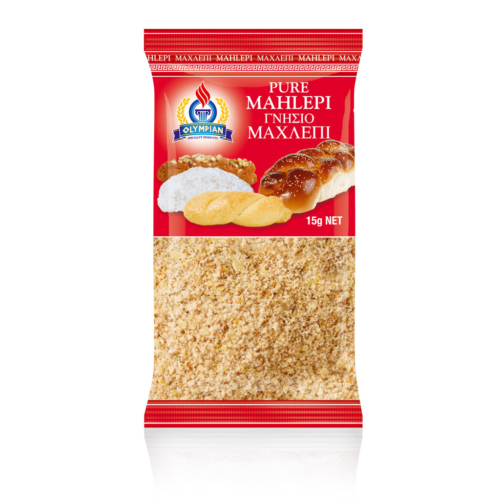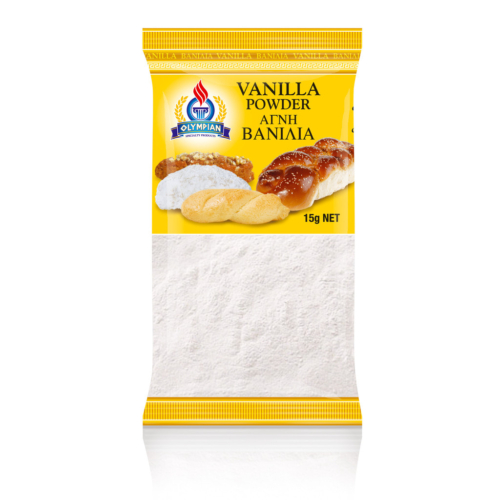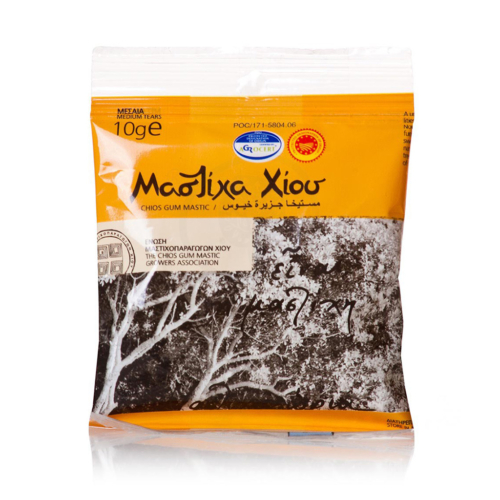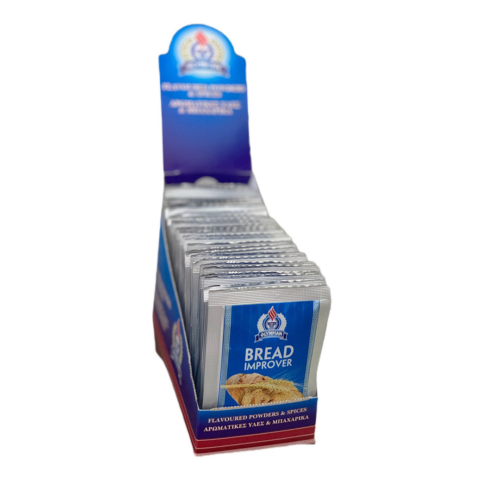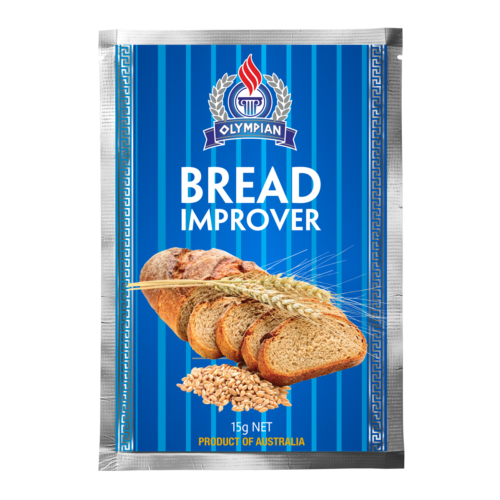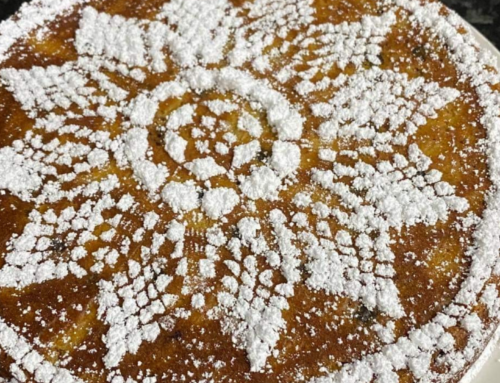Homemade Tsoureki23
Prep Time: 4 hr | Serves 4
Homemade Tsoureki23
The name tsoureki comes from the Turkish word “corek” which refers to any bread made with yeast dough and is the traditional sweet yeast bread Greeks make every year on Holy Thursday, and eat on Easter Sunday.
Prepare this traditional tsoureki recipe for your friends and family and enjoy over a hot cup of tea or coffee.
Watch the video below for our homemade Tsourekia recipe or scroll down for the written instructions.
SHARE
INGREDIENTS
Glaze
1 Egg
Water
Main Bread Ingredients
250 g Unsalted butter
8 Eggs
2 cups Sugar
1 cup Milk
1/2 cup Sunflower oil
3 Oranges and their rinds
15 g Olympian Ground Mahlepi (1 sachet)
2 tsp Olympian Vanilla Powder
1 tsp Olympian Mastiha Chios (crushed)
15 g Olympian Bread Improver (1 sachet)
1 cup Water
90 g Yeast
4 kg Flour
METHOD
To prepare this tsoureki recipe (Greek Easter Bread), add in a bowl the lukewarm milk, a pinch of sugar, yeast. 100g Flour and stir. Wrap well with plastic wrap and set aside for about 30 minutes, until the yeast rises and starts bubbling. Be careful not do add hot milk, as it will kill the yeast, nor cold, as it will take forever for the Greek Easter bread to rise. The water should be at the same temperature as your finger, so check it out sticking one finger in; you should feel no difference in temperature.
Use a pestle or a blender to ground the mastiha and set side, these aromatic spices will give Greek Easter bread its distinctive taste and amazing smell. But be careful not to add any more mastic than this tsoureki recipe calls for, as it will leave a slightly bitter taste to your Greek Easter bread.
In a separate bowl add the sugar, eggs, orange juice, water and mahlepi, mastiha, vanilla, bread improver and mix well.
In the mixer’s bowl add the fermented yeast add flour. Gradually add the butter to your mix. At this point the dough should be really soft, like seen in the picture and a little sticky. (Be careful not to add any more flour than this tsoureki recipe calls for, as the dough should be really soft and not firm).
Cover the dough with plastic wrap and place in a warm environment, until at least it doubles it’s size (for about 2-3 hours). If the environment is cold, preheat the oven at 30C, turn it off and place the bowl inside.
Gently deflate the tsoureki dough with your hands and cut in 6 equal portions (three for each Greek Easter bread). Take one piece of the dough (do not flour the working surface!) and roll it a little bit with your hands. Hold with your hands from the edges and shake to stretch the dough into a rope. This technique will help the Greek Easter bread (tsoureki) form the characteristic stringy texture, as seen in the picture.
Form the Greek Easter bread into a braid and transfer on a large baking tray layered with parchment paper. Repeat the same procedure with the second tsoureki. Let the Greek Easter bread rise for about 1-2 more hour at room temperature or in the oven, until it almost doubles it’s size, like seen in the picture.
In a small bowl add the egg and 1 tbsp water and whisk with a fork. Brush the top of each Greek Easter bread with the egg, being careful not to deflate it, and bake in preheated oven at 155C for about 30-40 minutes, until nicely browned and fluffy.
Let the Greek Easter bread cool down and wrap well with plastic wrap, so that it doesn’t become hard and dry. Store for up to a 5-7 days at room temperature.

